


Legend of Eight Samurai
aka Satomi hakken-den
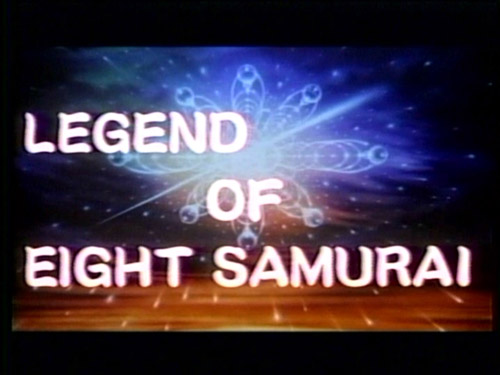
1983
Directed by Kinji Fukasaku
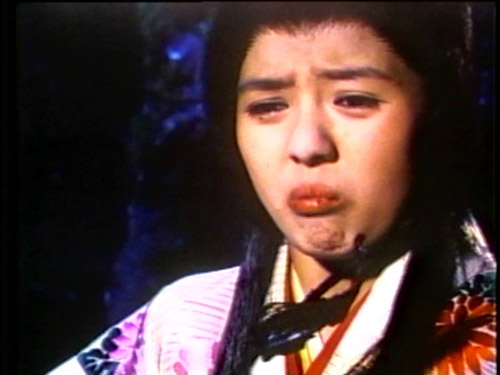
A classic Japanese tale gets a reworking and then is dubbed and imported into America. Like many Asian epics, there are a lot of characters and a complicated plot, which is made more confusing with the bad dubbing. Even worse, this is an adaptation of an epic tale that is condensed into a film so huge chunks of back story are either disregarded or glossed over in less than a sentence. Any movie boasting giant centipedes is worth a look. Unfortunately, the 80’s soundtrack does a wonderful job of dating the film, despite it being a period piece. Originally I thought that the songs were added by the American importers, but with the release of the Japanese language original since I originally wrote this review over a year ago, it has become known that the songs where already added in the original version. It’s a deadly blow, imagine the worst of hair bands and love ballads, more deadly than any martial art. The film loses some of the fun factor as the emotion turns to hating the soundtrack. This version of Legend of Eight Samurai that we are recapping is the full screen original American dub, one day we will try to get a hold of the Japanese widescreen version for comparison.
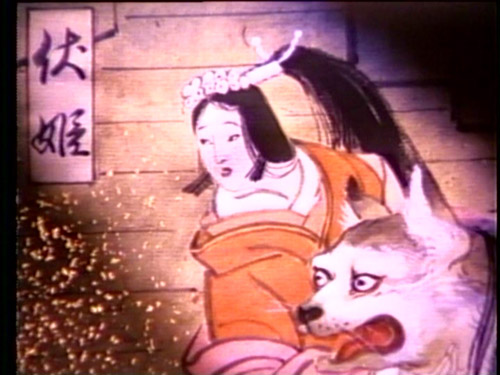
The story is a Japanese mythology that originated in China (like many things Japanese, including the Japanese writing scripts (the kanas are simplified versions of the kanji they “borrowed” from China.) The story of a princess, the last of her clan, given eight warriors to protect her, selected without their knowledge. Magic crystals are found by those selected, the crystals created by a dog (thus giving the story its name:Hakkenden or “Dog Warriors.”) Each crystal has a different Confucian virtue, which is only used in this film as the kanji symbol on each crystal (we have gone through the trouble of translating each one.) Takizawa Okikuni (also known as Kyokutei Bakin or Takizawa Bakin) created the version used in this film from 1814 to 1842 (Edo era) a 106 volume story called Nanso Satomi Hakkenden that took 28 years to complete. Almost as long as the Wheel of Time series is taking. The serial was then updated in 1982 by Toshio Kamata in a novel called Shin Satomi Hakkenden. Many of the stars are part of the Japanese Action Squad, a group founded by Sonny Chiba that practiced martial arts and seemed to star in many movies together. In fact, they previously starred in a futuristic version of this very same tale called Message From Space over here (Uchu kara no messeji in Japan) that even featured the same director!
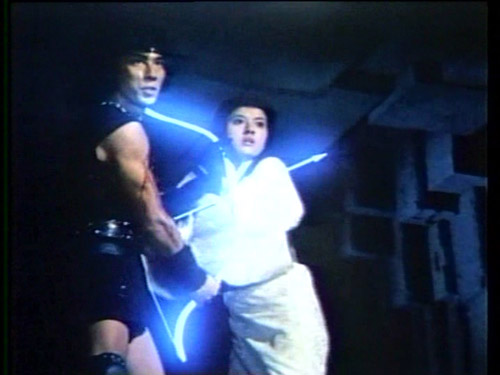
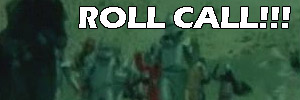
These are the eight who have Confucian Virtue Jewels:
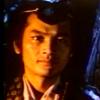 |
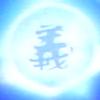 |
Daikaku (Minori Terada) – (Gi – Duty or Justice.) Loyal sidekick to Dosetsu, hides Princess Shizu at his mother’s house, only to find his mother has been replaced. Killed in the final battle. |
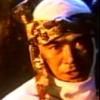 |
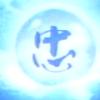 |
Dosetsu (Sonny Chiba) – (Chuu – Loyalty.)Sonny Chiba gained massive fame from the original Streetfighter film, and had a long career before and after, with many ups and downs. His recent inclusion in the first Kill Bill rocketed him back to fame, and lead to many of his films being released again in better editions. Has been seen here before in Sister Streetfighter, which also stars another of this movie’s actors. Killed in the final battle. |
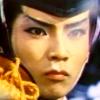 |
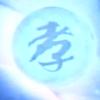 |
Shino (Masaki Kyomoto) – Brother of his sister (well, duh!) who just happens to be in love with his sister (not blood sister) but as she is getting married it is impossible for him. Until her groom-to-be is killed, but then their forbidden love results in her death and his revenge upon his family. Eventually given a crystal and ends up dead in the final battle. (Kou – Filial devotion/piety.) Played Ryo in Cutie Honey. |
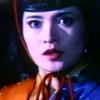 |
 |
Female Assassin Keno (Etsuko Shiomi) – An assassin who disrupts Shino’s sister’s wedding in order to kill the groom. Eventually gets a crystal as well. (Rei – Knowledge traditional/proper form. I think they may have altered her kanji character.) Killed in the final battle by a killer who was hounding her the entire movie. Etsuko Shiomi became famous after the Sister Streetfighter films, and was Japan’s only all-around female action star. She retired after marrying singer Tsuyoshi Nagabuchi and now runs marathons under her married name, refusing interviews about her action star career. |
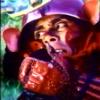 |
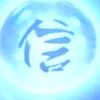 |
Soldier (Kenji Oba?) – A servent of the demons who kills for them, before given a crystal because of his disgust for what he is forced to do. Killed in the final battle. I believe the soldier is played by Kenji Oba (who is credited as Genpachi in the credits.) Kenji Oba was another Japanese Action Club member who also starred in Kill Bill recently. (Shin – Faith.) |
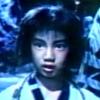 |
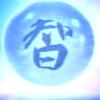 |
Kid (??) – Some kid who lives in a cave with a Big Dude. He gets a crystal, making him awfully close to Kenny territory. Luckily he doesn’t say or do much at all. Killed in the final battle. (Chi – Wisdom.) |
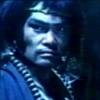 |
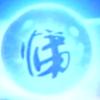 |
Big Dude (??) – A Big Dude who lives in a cave, where there is also a kid. Both he and the Kid are basically tacked on and don’t do much. Not much except die in the final battle. (Tei – Brotherly affection.) |
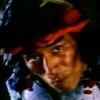 |
 |
Shinbei (Hiroyuki Sanada) – Shinbei is a punk kid who goes around pretending he is a swashbuckler until he finds out the Princess has a reward on her head, then tries to capture her repeatedly. Eventually forced to be evil, then gets his own crystal after he dies but returns to life and has sex with Princess Shizu. You’ve heard of STD? Well, that was STC, Sexually Transmitted Crystal! Not killed in the final battle. (Jin – Sympathy, inclusive of all virtues. Jin is the top virtue in Confucianism, thus the main hero gets it.) |
|
Continue reading →








